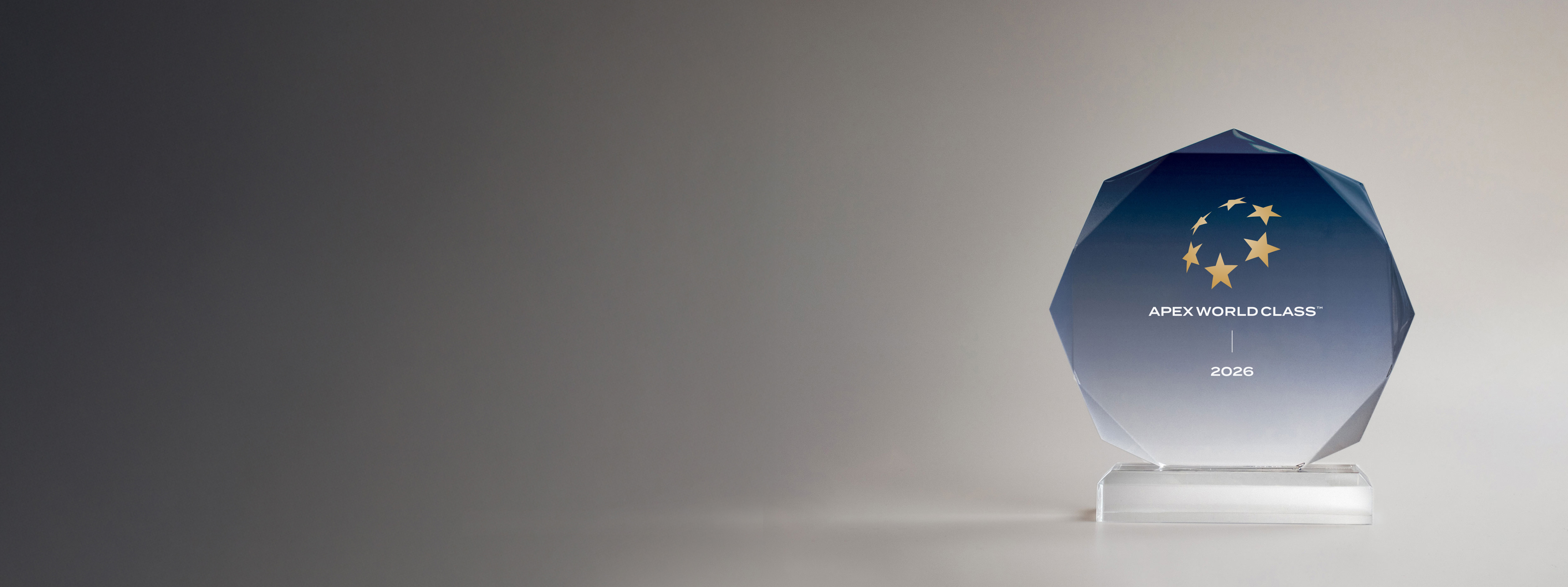¹ Cholkongka, N. (2019). Identification of service quality competency framework for the lounge attendants: a case of a privately-owned airline in Thailand. ABAC Journal 39(4) , 123-150.
² Nghiêm-Phú, B. (2017). An analysis of airline/airport lounge service using data gathered from airlinequality.com. Asia Pacfic Journal of Advanced Business and Social Studies, 4(1), 127-134
³ YATES+ have taken the decision to include sustainability and keeping guests safe as these are notable in the strategic plan of many airline, airport and lounge operators and have received a lot of attention in the wider media. A number of studies highlight the importance of cleanliness of lounges and lavatories which is an important part of the perception of “keeping me safe”. The following studies also support the addition of “sustainability” as important in lounge and airport experiences:
• Abdel-Gayed, A. H., Hassan, T. H., Abdou, A. H., Abdelmoaty, M. A., Saleh, M. I., & Salem, A. E. (2023). Travelers’ Subjective Well-Being as an Environmental Practice: Do Airport Buildings’ Eco-Design, Brand Engagement, and Brand Experience Matter?. International Journal of Environmental Research and Public Health, 20(2), 938.
• Han, H., Lho, L. H., & Kim, H. C. (2019). Airport green environment and its influence on visitors’ psychological health and behaviors. Sustainability, 11(24), 7018
⁴ Cholkongka, N. (2019). Identification of service quality competency framework for the lounge attendants: a case of a privately-owned airline in Thailand. ABAC Journal, 39(4), 123-150.
⁵ Chua, B. L., Lee, S., Kim, H. C., & Han, H. (2017). Investigating the key drivers of traveler loyalty in the airport lounge setting. Asia Pacific Journal of Tourism Research, 22(6), 651-665.
⁶ Curkan, S. C., & Özkan, E. (2021). The effect of airline lounge services on the selection of airline. Journal of multidisciplinary academic tourism, 6(1), 17-26.
⁷ Han, S., Ham, S. S., Yang, I., & Baek, S. (2012). Passengers’ perceptions of airline lounges: Importance of attributes that determine usage and service quality measurement. Tourism Management, 33(5), 1103-1111.
⁸ Aditya Julio, S. E. Proposed service quality improvement using servqual method and importance performance analysis (ipa) of sultan executive lounge in sm badaruddin ii airport. Second International Conference on Theory and Practice (ICTP-2016), 28th and 29th, October, Melbourne, Australia
ISBN: 9780 9943 65613
⁹ Kim, Y. J., Ban, H. J., Kim, D. H., & Kim, H. S. (2020). Understanding customer experience of airline lounge using text mining of online review. Culinary Science & Hospitality Research, 26(2), 36-44.
¹⁰ Farris, P.W., Bendle, N., Pfeifer, P.E. & Reibstein, D. (2010). Marketing Metrics: The Definitive Guide to Measuring Marketing Performance. Pearson: London
¹¹ Sharp, B., Page, N. and Dawes, J., 2000. A new approach to customer satisfaction, service quality and relationship quality research. Australian & NZ Marketing Academy Conference Proceedings, Griffith University.
¹² See:
• Fisher, N. I., & Kordupleski, R. E. (2019). Good and bad market research: A critical review of Net Promoter Score. Applied Stochastic Models in Business and Industry, 35(1), 138-151.
• Keiningham, T. L., Cooil, B., Andreassen, T. W., & Aksoy, L. (2007). A longitudinal examination of net promoter and firm revenue growth. Journal of Marketing, 71(3), 39-51.);
• Kristensen, K., & Eskildsen, J. (2014). Is the NPS a trustworthy performance measure?. The TQM Journal, 26(2), 202-214.
• Mecredy, P., Wright, M. J., & Feetham, P. (2018). Are promoters valuable customers? An application of the net promoter scale to predict future customer spend. Australasian Marketing Journal, 26(1), 3-9.
• Romaniuk, J., Nguyen, C., & East, R. (2011). The accuracy of self-reported probabilities of giving recommendations. International Journal of Market Research, 53(4), 507-521.
• Pingitore, G., Morgan, N. A., Rego, L. L., Gigliotti, A., & Meyers, J. (2007). The Single-Question Trap. Marketing Research, 19(2).
• Sharp, B. (2006), “Net promoter score fails the test”, Marketing Research, Vol. 20No. 4, pp. 28-30.
Also see [https://customergauge.com/blog/airline-customer-experience-net-promoter-score] to see that according to this source Airlines such as Aeroflot, United Airlines and Thomas Cook score significantly higher than award winning airlines such as Singapore Airlines. Not surprisingly, this leads to industry experts to questioning the validity of the NPS.
¹³ Sharp, B., Page, N. and Dawes, J., 2000. A new approach to customer satisfaction, service quality and relationship quality research. Australian & NZ Marketing Academy Conference Proceedings, Griffith University.
¹⁴ Dawes, J., Sharp, B., & Adelaide, N. T. (2000). The reliability and validity of objective measures of customer service: Mystery Shopping. Australian Journal of Market Research, 8(1), 29-46.
¹⁵ Lowndes, M., & Dawes, J. (2001). Do distinct SERVQUAL dimensions emerge from mystery shopping data? A test of convergent validity. Canadian Journal of Program Evaluation, 16(2), 41-53.
¹⁶ Halvorsrud, R., Kvale, K., & Følstad, A. (2016). Improving service quality through customer journey analysis. Journal of service theory and practice, 26(6), 840-867.


.jpg)



























